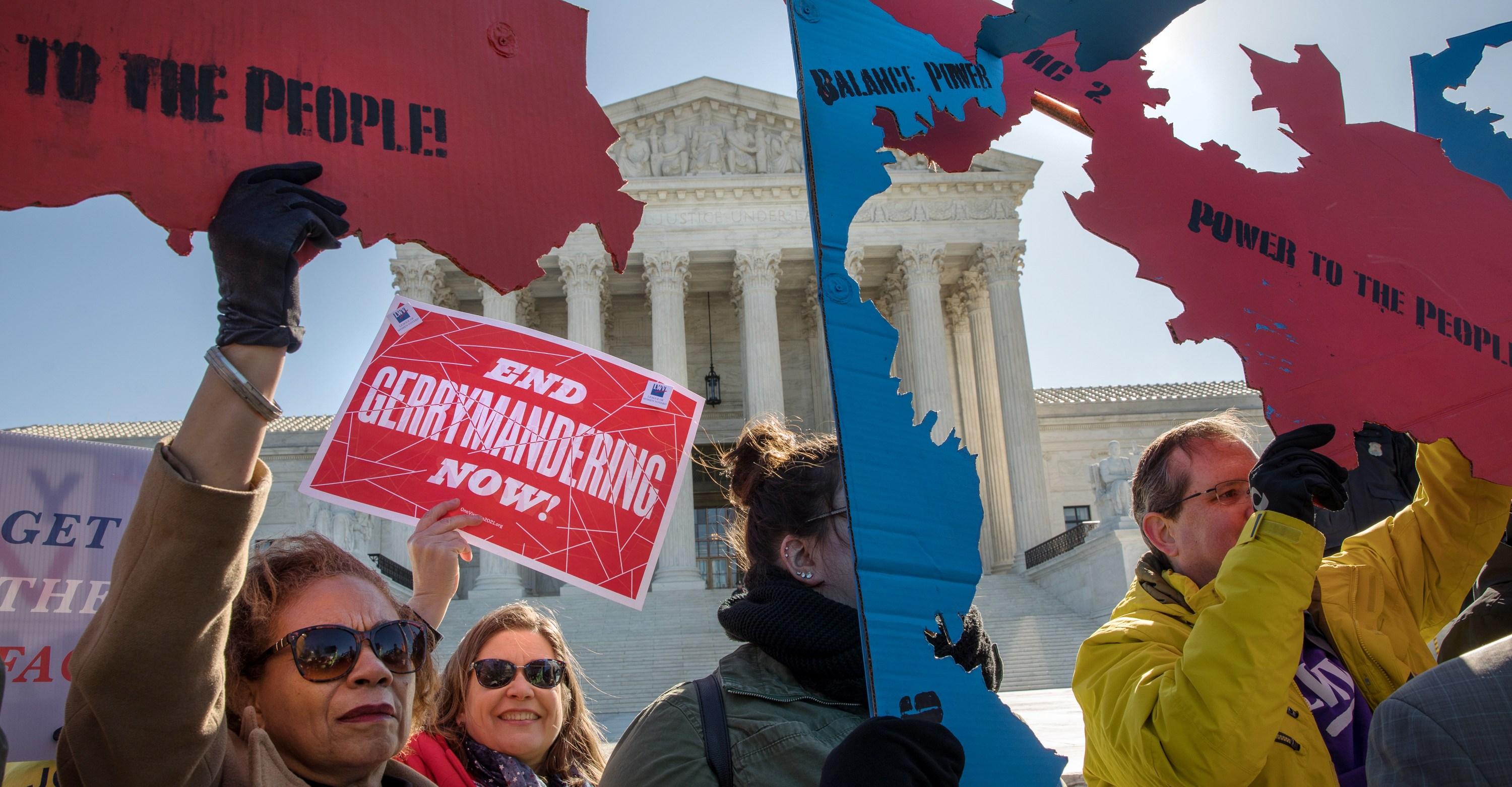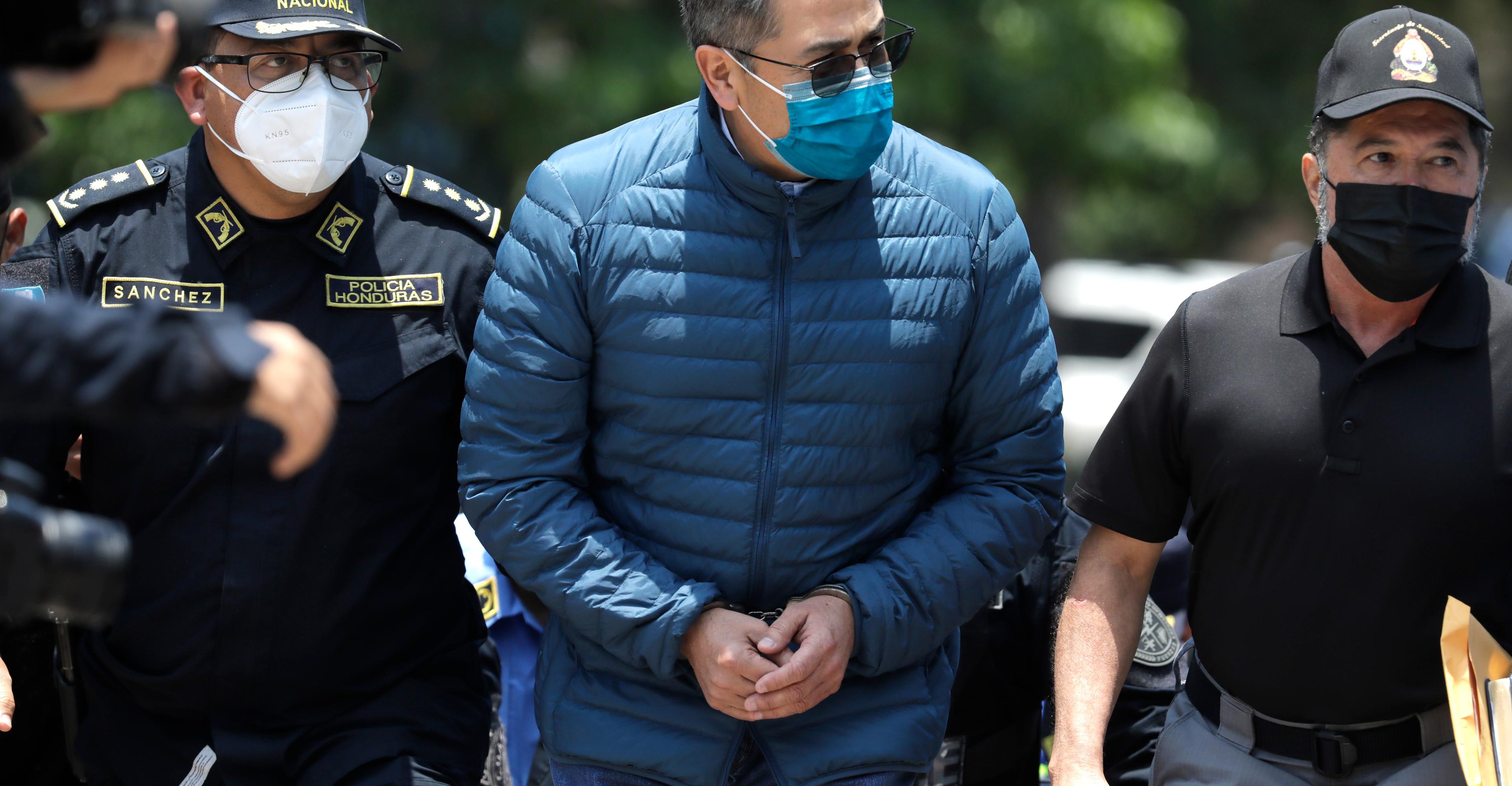Is measles making a US comeback? Here’s what you need to know.


So far this year, the Centers for Disease Control and Prevention (CDC) has reported 45 measles cases from 17 jurisdictions. That’s a lot compared with 2023, when 58 cases were reported over the entire calendar year.
It’s been nearly 25 years since measles was officially eliminated in the US. The declaration meant the infection hadn’t been transmitted continuously anywhere in the country for more than a year. However, it doesn’t mean measles couldn’t come back: Under certain conditions — lots of cases imported from abroad, not enough people vaccinated against the infection, and not enough tools to fight back — measles could re-entrench itself stateside.
That’s why public health authorities monitor measles cases and vaccination rates against the infection. And why, when cases rise while vaccination rates drop, they fret.
Measles is a viral infection that causes fever, rash, and cough, which can be complicated by severe, life-threatening infections of the ears, lungs, and brain. It’s particularly likely to cause severe disease in children under 5 years old and in immunocompromised people. To make matters worse, it’s one of the most contagious diseases out there: Infectious particles can hang out in the air or on surfaces for hours, and, on average, each infected person infects another 12 to 18 people.
When measles turns up in the US, it’s because it was brought to the country from the outside — more often than not, by US residents returning from travel abroad. There’s a lot of measles in the world: In 2022, the infection caused more than 9 million cases and killed more than 136,000 people globally, most of them children. Although countries in Eastern Europe, the Middle East, and South Asia currently top the list of measles cases globally, there have also been multiple outbreaks in Western Europe over the past year.
There’s a highly effective vaccine to prevent measles — but to protect the youngest babies and immunocompromised people in any population, everyone around them needs to have been vaccinated. Part of what’s keeping US public health experts up at night is that, increasingly, that’s not the case. Still, it’s a situation people can do something about if they know how and understand the stakes.
Here’s what you need to know.
1) Who’s at highest risk from a measles infection, and what does an infection look like?
Unvaccinated children and immunocompromised people — especially those receiving certain cancer treatments — face the highest risk when measles is in circulation.
“Even an uncomplicated case of measles is really awful,” said Sarah Lim, an infectious disease doctor and medical specialist at the Minnesota Department of Health, during a press conference on March 12. Measles infections are so often severe that about one in five unvaccinated people who get infected are hospitalized, and between one and three of every 1,000 measles infections end in death.
In its early stages, measles infection can cause a range of symptoms, including high fevers, cough, runny nose, red eyes, and full-body rash. About one-third of infected kids get complications, which can include severe diarrhea, ear infections, and pneumonia. Brain infection that can lead to brain damage and epilepsy, called encephalitis, occurs in about one of every 1,000 kids who get infected with measles.
Measles can also do something else that few other infections are known to do: It can wipe out kids’ immune memory, leaving them unprotected from other bacterial and viral pathogens. That effect, and the increased susceptibility to other infections that comes with it, can last for years after infection.
Travel to parts of the world where measles circulates widely increases the risk of infection. That makes it important to ensure you and your family are protected from measles — in addition to all the other things — prior to travel.
2) How is this year’s measles outbreak in the US different from past outbreaks?
The biggest number of measles cases the US has seen over the past 25 years was in 2019, when nearly 1,300 infections were reported over the course of the year. That year, nine out of every 10 cases occurred in unvaccinated people living in close-knit communities. A single outbreak in an Orthodox Jewish community in New York involved 649 cases; another outbreak involving 71 cases occurred in a Washington State community of recent immigrants from the former Soviet Union.
What’s different so far about this year’s US measles cases is that they’re occurring in “lots of little sparks across the nation,” as Katelyn Jetelina put it in her recent newsletter. “The more embers, the more likely it is that they find unvaccinated pockets and spread like wildfire,” she wrote.
We don’t yet know whether spread among close-knit communities is contributing to transmission in the US. Although the CDC is reporting where cases are taking place, it hasn’t reported the ages or any other demographic information about the people who’ve been infected. An agency representative declined to share this information with Vox when we reached out on March 12.
Another concerning feature about this year’s cases is that they’re happening at a time when a relatively large proportion of kids are going unvaccinated against measles. In a November publication, CDC scientists reported 7 percent of kindergarteners hadn’t been vaccinated against measles during the 2022-2023 school year. At the same time, vaccine exemptions reached an all-time high, with more than 5 percent of kids exempted in 10 states.
To make matters worse, according to recent reporting in the LA Times, a lot of parents are choosing to delay measles vaccination in their infants, which increases vulnerability to the most severe effects of measles in a group that’s already at the highest risk of complications.
The World Health Organization (WHO) cautions that the risk of a measles outbreak increases dramatically if more than 5 percent of people in a community aren’t vaccinated, which makes these numbers pretty concerning. What’s even more alarming is that these numbers are averages: In some states, as many as 22 percent of people are unvaccinated, and that number is likely much higher in some smaller geographic pockets.
“That’s where you’re really talking about throwing a match [into a pile of kindling] and having a large fire,” says Jane Zucker, an infectious disease doctor and epidemiologist who retired in 2023 after 30 years with the New York City health department’s Bureau of Immunization. “That’s what you’re really most anxious about.”
3) Who should get vaccinated, revaccinated, or tested for immunity?
There’s no medicine to treat measles infection once it’s taken hold, which makes prevention the main strategy for avoiding the virus’ worst effects.
The best news about measles — and the reason most of us have no idea what it looks like — is that the vaccine that prevents it is extremely effective and safe.
That vaccine, called MMR — because it protects children from measles, mumps, and rubella — is what experts call a “live-attenuated” vaccine. That means it’s made using a weakened version of the measles virus that can’t actually cause the disease. Because they so closely replicate the actual virus, these kinds of vaccines induce the strongest and longest-lasting response of any type of vaccine — including Covid-19 vaccines. MMR vaccines are 97 percent effective at preventing symptomatic measles infections.
These vaccines can even protect people after they’re exposed to measles if they’re given within 72 hours of exposure, and they’re extraordinarily safe.
Who should get vaccinated against measles? Babies (lifelong immunity comes after two shots, the first at 12 months old and the second at 4 to 6 years of age) and almost everyone else who doesn’t have proof that they’ve been vaccinated before should get vaccinated, according to the CDC.
That’s especially true if those people without vaccination proof work in health care or are about to travel to places where there’s lots of measles in circulation — which these days includes Europe, says Zucker. Babies 6 to 12 months should also get an MMR shot if they’re going to be traveling; because their immune systems aren’t mature enough at that age for the vaccine to “take,” they’ll still need another two-shot series after their first birthday.
Many adults who’ve already been vaccinated won’t ever need another measles vaccine. That’s because all the versions of measles vaccines in use since 1968 have been strong enough to give lifelong protection against infection. So long as you’re certain you’ve had two vaccines in the years since then — that is, it’s documented somewhere in your medical record that you got them — you don’t need a repeat. The exception is for adults who only got vaccinated between 1963 and 1967: Because the version used during those years was too weak to give lifelong immunity, they’re not considered protected unless they’ve gotten at least one dose of a newer version of the vaccine.
Another group that doesn’t need to worry about vaccination is most adults over 65. Measles was so common before the vaccine was available that experts assume people born in those years were exposed and are immune. So if you were born before 1957, you don’t need a vaccine unless you’re in a high-risk situation — for example, you work in health care or you’re about to travel to a place where there’s a lot of measles in circulation.
There are some people who should wait to get an MMR vaccine if they’re unvaccinated or if their vaccine history isn’t clear. Live vaccines like this one are typically not recommended for people with weakened immune systems, which include pregnant folks and some immunocompromised people. Some other conditions also make it sensible to hold off on vaccination — have a look at the CDC’s answers to “Who Should Not Get MMR Vaccine?” here and talk to a health care provider if you’re not sure what to do.
A blood test called a measles serology can measure the level of measles antibodies in a person’s blood. If the level is high, it’s safe to assume that person is immune to measles, either as a result of vaccination or past infection. But low scores on these tests may not be very meaningful, says Zucker: Many people with low levels of measles antibodies actually have measles protection due to prior vaccination, making it a bad test for determining whether immunizations documented a long time ago are still providing protection. For that reason, the CDC says a history of vaccination supersedes a serology result when it comes to determining whether a person is protected from measles.
Health experts sometimes administer these tests in outbreak settings and during pregnancy, but the results are typically used in ways specific to those scenarios. So you don’t need a serology to prove you’re vaccinated if the shots are documented in your medical record — and in any case, it’s harmless to get a repeat vaccination even if you’ve been vaccinated before. “If you don’t know if you’re immune,” says Zucker, “it’s easier to just get yourself vaccinated.”
4) How bad is this outbreak likely to get?
Where US measles cases go is really up to us.
There’s hope for controlling measles’ damage in the US if more parents opt to vaccinate their babies as soon as they’re eligible, if they keep unvaccinated kids home from school, and if they vaccinate their unvaccinated children as soon as they hear about a potential exposure.
It’ll also help if public health authorities have adequate support and staffing to educate the public about measles, provide and document vaccination — as with immune registries — and intervene when outbreaks happen.
However, last year’s national debt ceiling deal resulted in cuts to states’ child vaccination programs. Furthermore, the wild nonsense on vaccines that pervades social media — and, occasionally, official messaging, as in the case of Florida’s surgeon general — makes it challenging for many parents to disentangle the common-sense guidance from the crap.
Joshua Barocas, an infectious disease doctor at the University of Colorado, said during March 12’s press conference that pushing back against measles is a team effort and that removing shame from the equation is key. “Parents are flooded with tons of information, some of that [being] misinformation — and so if you are a parent who’s been on the fence, now is the time to catch up on your kids’ delayed vaccines,” he said.
“I would also encourage health care workers to welcome people with open, non-judgmental arms,” Barocas said.

The alt-right won
- 14 hours ago

The Case for Growth
- 14 hours ago

PM Shehbaz approves appointment of Field Marshal Syed Asim Munir as COAS, CDF
- 29 minutes ago
Texas jumps to No. 2 behind UConn in AP Top 25
- 4 hours ago

Republicans want the Supreme Court to save them from their own inept mistake
- 14 hours ago

Republicans ask the Supreme Court to gut one of the last limits on money in politics
- 14 hours ago

Apple will reportedly refuse India’s order to preinstall a government app
- 7 hours ago

Pakistan, Kyrgyzstan vow to boost ties in diverse fields
- 7 hours ago

Spotify Wrapped 2025 turns listening into a competition
- 7 hours ago

Dar meeting with the President of Kyrgyzstan: reaffirmation of commitment to strengthening bilateral cooperation
- 7 hours ago
Kiffin takes LSU job, won't finish year with Rebels
- 4 hours ago

Wooting’s 60HE v2 is a solid upgrade to the best gaming keyboard
- 7 hours ago









